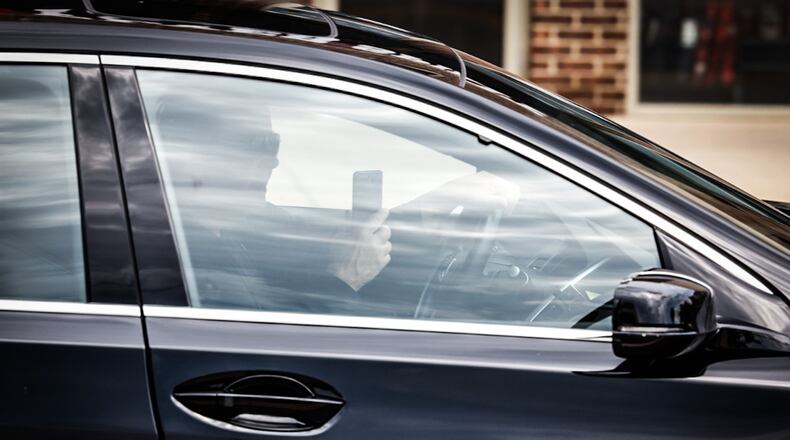So far this year there have been 6,452 distracted driving crashes reported in the state.
Preliminary data from OSHP also indicated overall crashes were at a record low in September 2023 in nearly the last six years. This excludes April 2020, when the COVID-19 pandemic resulted in fewer people on the road.
There were 14,458 crashes reported last month compared to the high of 29,264 crashes reported in January 2018.
A representative from Gov. Mike DeWine’s office said given the low number of crash reports that come in late, the September decrease is unlikely due to late reports.
“We are confident the reduction is due to the new distracted driving law,” said Dan Tierney, DeWine’s press secretary.
In July, the Dayton Police Department announced it was no longer filing crash reports for minor vehicle crashes, which could contribute to a local decrease in overall crashes reported. The department is still filing reports if someone is killed or transported to the hospital by medics; for OVI and hit-and-run crashes; and for crashes where the damage is bad enough a vehicle needs to be towed.
DeWine signed Senate Bill 288 in January, which makes it illegal for drivers to hold cellphones or other electronic devices in their hands while driving. The original version of the bill was co-sponsored by state Rep. Brian Lampton (R-Beavercreek).
Drivers can swipe their phones with one finger to answer a call, hold their phone to their ear to talk and talk or text at a red light. Motorists cannot text or use their phones at a stop sign. People can use GPS if they begin the navigation before driving. People can also use their phones to report an emergency at any time.
The law went into effect in April, with a six-month grace period ending Wednesday.
“In just six months, this law is saving lives by changing the culture around distracted driving and changing the behavior of drivers behind the wheel,” DeWine said. “I am grateful to every driver who has chosen to put their phones down, and I encourage other drivers to commit to doing the same. There is no acceptable amount of distracted driving.”
Previously distracted driving was only a primary offense for juveniles and law enforcement could not stop adult drivers for distracted driving unless they committed a primary offense, such as speeding or running a red light.
Those cited for distracted driving will have two points added to their license and up to a $150 fine. People can complete a distracted driving course to avoid the fine and points. A second offense adds three point to their license and a fine of up to $250. A third citation results in four points being added to their license, a fine of up to $500 and a possible 90-day drivers license suspension.
“We know every time someone takes their focus off the road, even for just a few seconds, they put their life and the lives of others in danger,” said Col. Charles A. Jones, OSHP superintendent. “Distracted driving is unsafe and irresponsible and in a split second, the consequences can be devastating.”
About the Author


